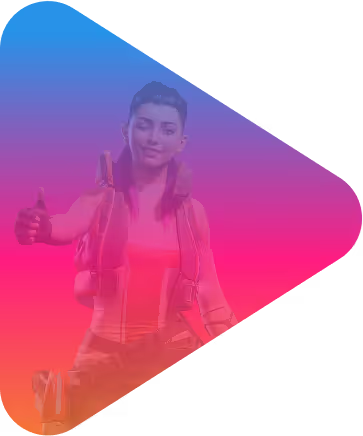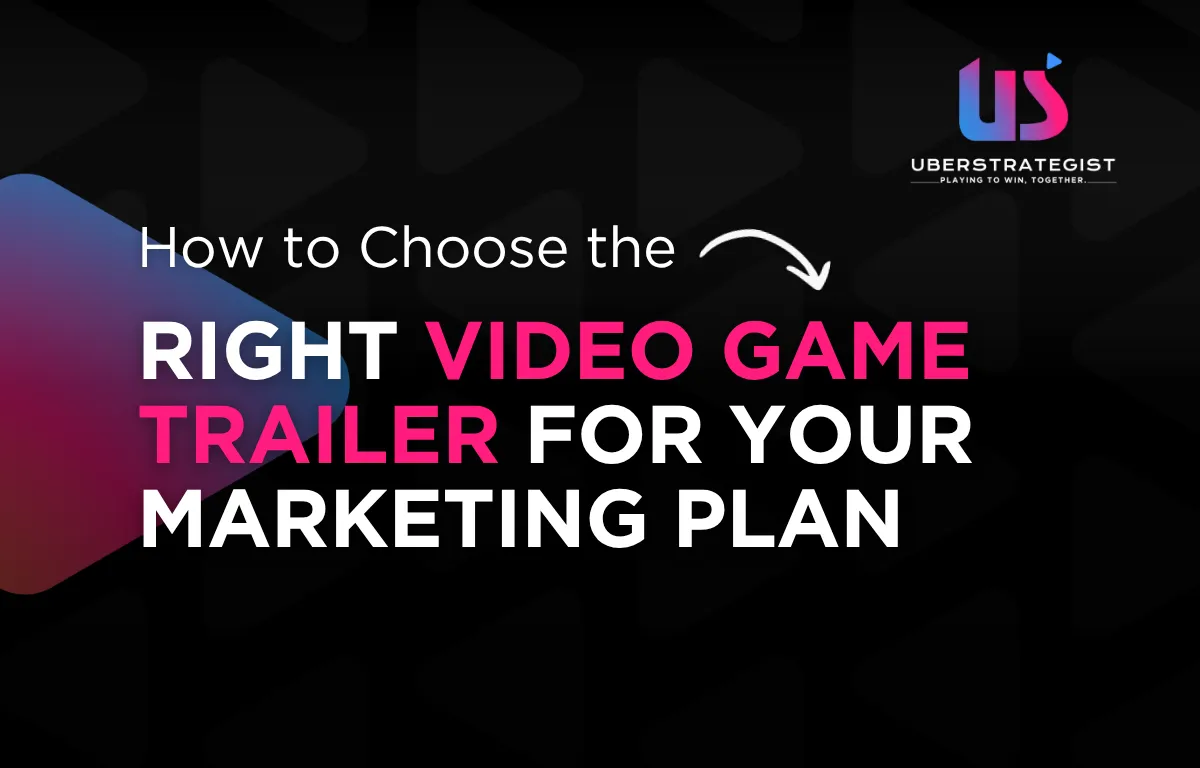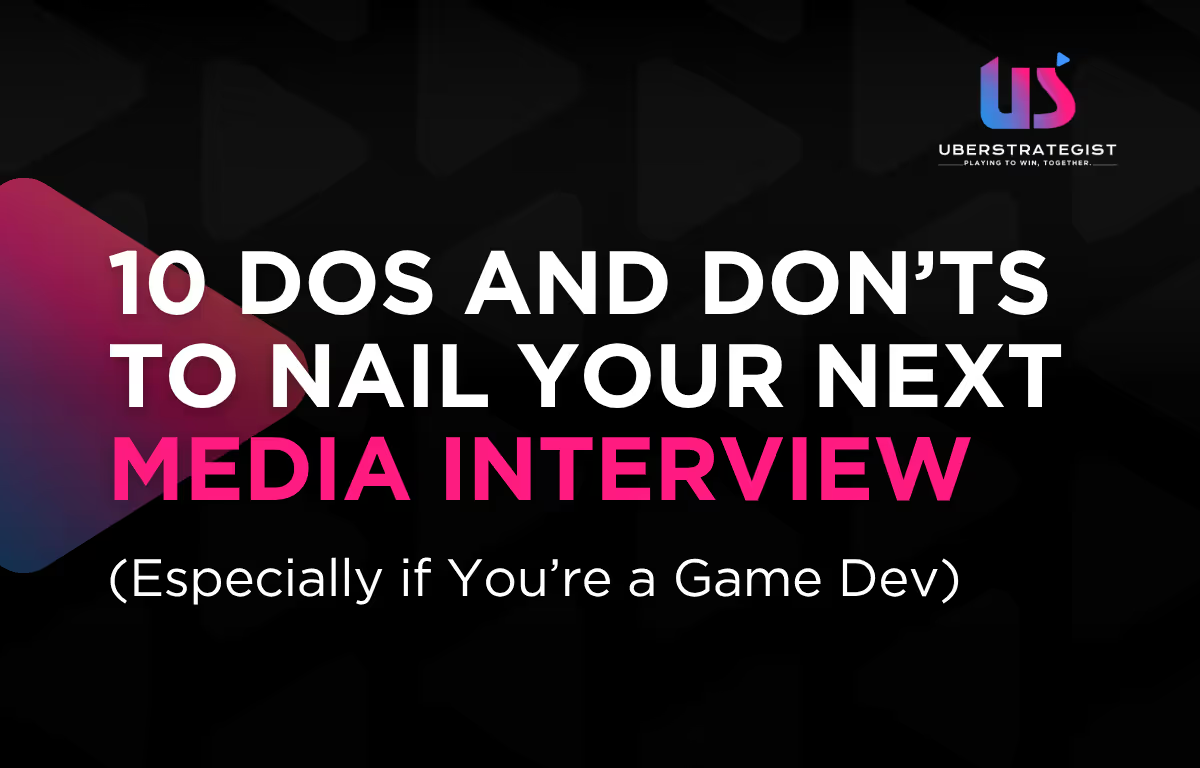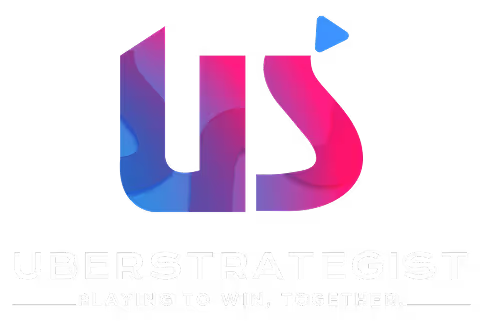Video Game PR Strategies Exposed: How to Get Media Coverage for Your Video Game
Posted in:
Video Game PR
As a video game PR agency, we work with indie game developers and studios to create PR campaigns, and one of the questions we often get asked is, “how do I promote my game?” Today we are answering that by exposing video game PR strategies that will help you get media coverage for your video game!
We can say from our experience that developing marketing campaigns for video games and achieving success with them is one of the most challenging stages in a developer’s career.
Coverage is king. But if you think word-of-mouth alone is sufficient to your game under the press radar, you’ve got it wrong. Marketing and promotion of your video games takes more than that.
A strategically planned and well-executed PR campaign can capture positive media coverage for your gaming business and give an invaluable boost for your game launch.
But what does it take to create an effective video game PR strategy? How do you know if you are on the right path?
Here are 7 PR tips and video game marketing strategies to help your video game and studio get media coverage.
1. Tell a Unique and Captivating Story
Journalists sift through countless PR pitches to find titles that are worth reporting on. But, to cut through the noise and grab their attention, you need a different approach that sets you apart, builds authority and credibility.
Merely copying ideas or reproducing similar content your competitors write won’t get you anywhere because of sameness.
The key to success is crafting a unique and interesting story that captivates readers’ minds immediately.
As every successful promotional campaign begins with a strong foundation, find topics that people are passionate to hear about. You can start by asking the following questions:
- Does your game accomplish something interesting that’s not seen very often from competing titles? Highlight that.
- Is your company staffed by notable individuals worthy of a name drop? Drop those names in.
- Has your studio just come off of other successful releases? Add in that information.
Don’t be afraid to rewrite your PR pitch. The only way to create a killer video game PR pitch is by practicing it and polishing it.
2. Develop a Press Portal or Press Kit
For media members, finding out about a game is only the first step in the process of getting media coverage.
They need to have easy access to information and assets, so they can include those details in whatever they write up about your title. Not having all of that at their fingertips could result in your game getting little to no coverage.
Rami Ismail of indie studio Vlambeer created a free web template called presskit that’s a perfect tool for game studios (both big and small) to use. You’re able to host the most important information and assets about your company and projects within the platform. It’s free to use, and you can create press pages in as little as 30 minutes.
As a developer, you don’t have time to spend hours or days building a press kit for media members. By using presskit, you can create a simple destination for the press so they can gather the necessary details to produce preliminary coverage.
Another option is self-hosting a press kit file directory with assets and documents in Google Drive, OneDrive, DropBox, or a similar file-sharing platform instead.
Just be sure to remember to update it with new information, screenshots, key art, and videos.
3. Develop a PR Timeline
A PR timeline is the organizational foundation of what, how, and when information about your studio and game will be broadcast. It typically spans the first utterance of your game to the press and public up until launch. Sometimes timelines will include post-release beats, depending upon the project.
When developing your PR timeline, include the following items:
- Formal Announcement Press Release: Issue a press release to gaming media at the following major news beats:
- Studio and/or game announcement
- Release date
- Launch
- Partnerships
- Development Milestones: Within your timeline, note when you expect to hit certain development milestones (i.e., a new level, multiplayer, etc.). These milestones can help determine what kind of future opportunities may become available for press or public showing. In addition, you can follow our video game marketing and PR checklist to make the process easier.
- Events: Track tradeshow events or propose self-hosted press events you intend to or can bring your game to. Pay attention to events that happen not only in physical but virtual settings as well.
- Visual Asset Drops: Regular asset drops via informal media blasts will keep your game in the public eye through appealing visuals. This can include screenshots, artwork, and full gameplay trailers.
- Preview Code Opportunity: Do you have plans to show your game to press members prior to launch? Determine when you’re comfortable distributing home access to your game so you can line up pre-release coverage. You typically want previews to hit 4-6 weeks prior to launch.
- Review Code Availability: You want your game to be ready to be formally reviewed by the media prior to launch so you can have reviews hit on launch day. The length of time between the moment you send out review codes and the game’s launch is determined by several factors. One of these factors includes how confident you feel in your game being played by the media.
4. Compile a List of (Potentially) Friendly Media
Select your media targets wisely. You want to ensure you’re sending your pitches out to the right people. Not only will it increase the likelihood of your game and/or studio getting written about, but you won’t waste your time by sending pitches to media who won’t be interested.
Create a list of media contacts who have previously posted positive articles about your studio or products. If you’re completely new to the industry, do some research.Search online for games that are similar to yours. Then, find out what media outlets and writers covered those games. Add their names to your list and get their contact information.
5. Create and Proactively Use Social Media Channels
You need to have an online presence for your studio and your games. In addition to a dedicated website, a social media page is crucial. You need both pieces so the press and prospective fans can find out information about you.
Reach out to consumers and media members on social media channels they frequent daily – Facebook, Twitter, LinkedIn, YouTube, and Instagram. While they may visit your website on occasion, the primary place they’ll find out information about you and your projects is on social media. Those are also great channels for building up your video game community.
Using one or more of these social media sites keeps your presence alive, allowing you to actively share important information with newly gained followers. Repeatedly interacting with them is fundamental in building a following and retaining it. These sites also help increase your organic reach via retweets, comment feeds, re-shares, and recommendations.
6. Fine Tune Your Messaging
Before you start reaching out to the media, make sure you draft your pitch, DM, tweet, or post ahead of time and have someone outside of your company look it over.
Have them consider:
- Is this interesting?
- Is this well-written? (no typos or spelling mistakes!)
- Is it concise?
Media and influencers don’t have time to read a four-page email. So instead, give them two to three concise paragraphs with an attention-grabbing headline. Don’t waste your time drafting a novella that no one will take the time to read.
7. Utilize a PR Agency
Video game marketing and PR agencies exist to take the load off your team. Finding the right media to contact, determining what message to use, and reaching out to those individuals takes time. An agency can save you time and wasted effort through their networks of established media and influencer contacts, which they can engage on your behalf.
Follow Our Video Game PR Tips to Secure Media Coverage
Landing media coverage isn’t something that happens overnight. However, it’s a crucial component of an effective video game marketing and PR campaign. Without the media talking about your game on their social media accounts and websites, your game won’t take off as it should.
Want to learn more about how we can help you land positive media coverage and PR for video games? Contact UberStrategist to discuss what we can do for your studio and projects

.avif)








